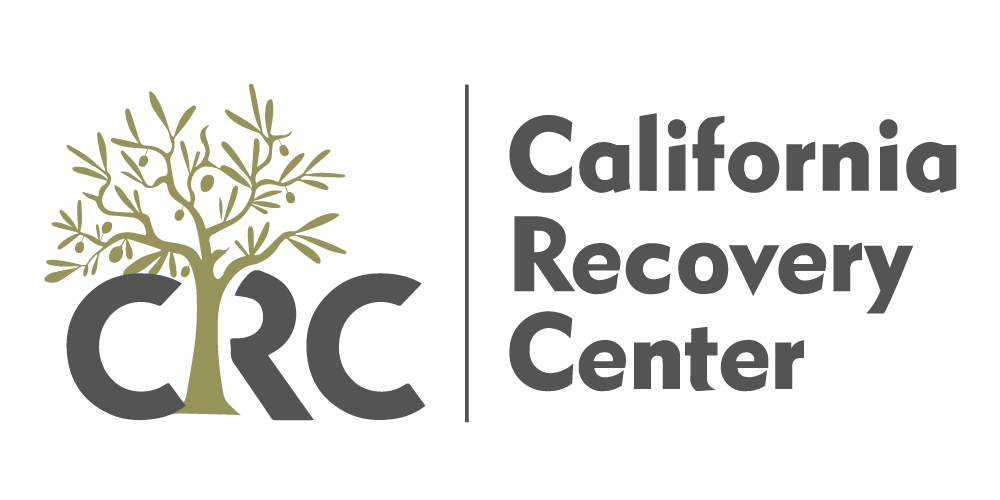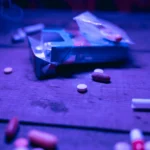How understanding stress in addiction can improve treatment outcomes and long‑term recovery
Importance of Understanding Stress in Addiction Treatment
If you ask ten people in recovery what pulled them back toward alcohol or drugs, at least eight will mention stress, sometimes the acute kind, like a messy breakup, and sometimes the chronic hum that never seems to switch off. Stress is more than a passing feeling of pressure; it’s a biological alarm system that, when stuck in the “on” position, reshapes the brain’s reward pathways. Long‑term exposure not only intensifies cravings but also erodes the very coping skills people need to stay sober.
That’s why modern addiction care increasingly begins with a stress audit:
- What are the client’s biggest stressors?
- How do these triggers interact with genetics, mental health, and social context?
The answers set the stage for a recovery plan that is preventive, not merely reactive.
Biological Stressors
Human biology is exquisitely tuned to survive threats. The moment our brains perceive danger, the hypothalamic‑pituitary‑adrenal (HPA) axis dumps cortisol and adrenaline into the bloodstream, priming muscles for fight‑or‑flight. In theory, cortisol recedes once safety returns. In addicted brains, however, the cycle runs haywire:
Genetic vulnerability
Variants in stress‑response genes such as CRH (corticotropin‑releasing hormone) and FKBP5 cause a higher cortisol surge under pressure. Studies estimate these genes account for 40–60 % of the overall risk for substance use disorder. For someone with this genetic deck, an ordinary work deadline can feel like a four‑alarm fire, nudging them toward the familiar relief of alcohol, opioids, or stimulants.
HPA‑axis dysregulation
Years of heavy substance use scramble cortisol rhythms. Many clients show a flat cortisol curve in the morning, leaving them foggy, then a spike during minor stressors, often right after lunch or early evening. Functional MRI scans reveal that craving‑related brain regions light up two to three times more intensely when cortisol is in the 75th percentile or higher.
Sleep deprivation
Anyone who has tossed and turned all night knows how raw nerves feel the next day. For people in early recovery, sleeping less than six hours strips away prefrontal cortex oversight and boosts next‑day relapse odds by roughly 14 %. Good sleep hygiene, therefore, becomes as essential as any medication.
Therapeutic takeaway: A comprehensive plan should include salivary cortisol testing, genetic counseling when feasible, and a targeted sleep protocol, often a blend of cognitive‑behavioral therapy for insomnia (CBT‑I), melatonin, and natural adaptogens like ashwagandha.
Psychological Stressors
While biology loads the gun, psychology often pulls the trigger. Trauma, mental illness, and self‑esteem wounds can keep the nervous system on constant red alert.
Unresolved trauma
Sits at the top of that list. Veterans returning from combat, survivors of childhood abuse, and victims of domestic violence frequently meet criteria for post‑traumatic stress disorder (PTSD). Research shows PTSD nearly doubles the likelihood of opioid misuse as sufferers medicate flashbacks and hyper‑vigilance with narcotics. Trauma‑informed therapies like EMDR or somatic experiencing can cut relapse risk by up to 37 %, underscoring the need to treat trauma and addiction as intertwined, not separate.
Co‑occurring disorders
Anxiety, depression, and bipolar disorder amplify the brain’s allostatic load (the wear and tear from chronic stress). When mood plunges or panic spikes, substances become an expedient, albeit destructive, form of emotional regulation. At CRC, dual‑diagnosis care means psychiatric evaluation on Day 1, along with integrated pharmacotherapy and counseling.
Perfectionism and shame
Less talked about but equally potent, unhealthy perfectionism drives many clients. When perfectionist standards inevitably fracture, the resulting shame triggers self‑punishment in the form of substance use. Dialectical behavior therapy (DBT) helps clients build distress tolerance so that setbacks don’t morph into indulges.
Social & Environmental Stressors
Recovery doesn’t unfold in a vacuum. Even the best‑designed treatment plan can be undermined by stressors waiting outside the facility’s doors.
Family conflict
Nagging criticism or blurred boundaries can chip away at sobriety. Longitudinal data show that individuals returning to high‑conflict homes relapse, on average, 21 days sooner than those in supportive families. Some family therapy programs aim to transform this dynamic by teaching relative communication techniques and realistic expectations.
Workplace stress
Shift work, demanding quotas, and job insecurity push many toward after‑hours drinking. A 2023 study of 5,000 employees found that 32 % increased alcohol consumption during months of heightened workload.
Socio‑economic strain
Financial hardship releases dynorphin, a peptide that amplifies negative mood states and cravings. Housing instability or debt can, therefore, make sobriety feel like an uphill battle with ankle weights.
Digital overload
In an era of doom‑scrolling, screen time often exceeds four hours daily. Not only does this erode sleep, it exposes recovering users to substance‑related ads and social media triggers, elevating stimulant cravings.
Action plan: Encourage clients to craft a “stress safety net” – a blend of alumni groups, 12‑step meetings, and weekly telehealth check‑ins that CRC offers for rural or busy clients.
Cultural & Minority Stress
Certain populations endure chronic stress that springs not from personal choices but from the social weather around them.
- Veterans face the double challenge of combat trauma and reintegration into civilian life. Dual‑diagnosis rates among veterans surpass 50 %, demanding culturally competent, trauma‑informed therapy delivered by clinicians fluent in military culture.
- LGBTQ+ individuals frequently navigate micro‑aggressions or outright discrimination, leading to earlier onset of substance use and higher relapse rates. Safe‑space group therapy and affirming care help buffer these pressures.
- Undocumented immigrants live with the constant specter of deportation, which discourages help‑seeking. Community partnerships with legal‑aid organizations can reduce this barrier so clients feel safer accessing treatment.
By weaving cultural humility into every level of care, from front‑desk greetings to therapy modalities, providers can neutralize minority stress that would otherwise sabotage recovery.
Mindfulness‑Based Relapse Prevention (MBRP)
| How It Helps on Day 1 | Why It Supports Long‑Term Recovery |
| A simple three‑minute breathing exercise diffuses urges before they crest. | One‑year follow up shows 54 % fewer heavy‑use days versus standard relapse prevention. |
Ashwagandha
|
How It Helps on Day 1 |
Why It Supports Long‑Term Recovery |
|
Reduces serum cortisol by roughly 27 % within two months, lowering baseline anxiety. |
Improved sleep quality and decreased generalized anxiety support emotional resilience. |
Alpha Lipoic Acid + Liver Care
|
How It Helps on Day 1 |
Why It Supports Long‑Term Recovery |
|
Antioxidant boost eases detox symptoms, making early sobriety more bearable. |
Ongoing liver support limits oxidative stress from past substance use, protecting long‑term health. |
Group Therapy
|
How It Helps on Day 1 |
Why It Supports Long‑Term Recovery |
|
Immediate normalization – clients realize “I’m not alone.” |
Shared coping scripts and peer accountability strengthen relapse resilience. |
Telehealth check‑ins
| How It Helps on Day 1 | Why It Supports Long‑Term Recovery |
| Offers real‑time support when cravings spike at home or work. | Bridges geographic gaps, ensuring ongoing continuity of care for rural populations. |
Ready to stress less and recover more?
Reach out to CRC today for a confidential assessment and a roadmap toward a calmer, healthier future.
Turning Stress to Your Advantage
Stress will never vanish from life, but with the right approach, it can morph from a relapse landmine into a signal for self‑care. At California Recovery Center, we view stress assessment as the first diagnostic lens, clarifying why each client uses it, when they’re most vulnerable, and which personalized strategies will offer the strongest defense. Whether you need inpatient stabilization, flexible outpatient therapy, or convenient telehealth sessions, CRC tailors evidence‑based care to help you not only survive stress but thrive because of the resilience you build.




